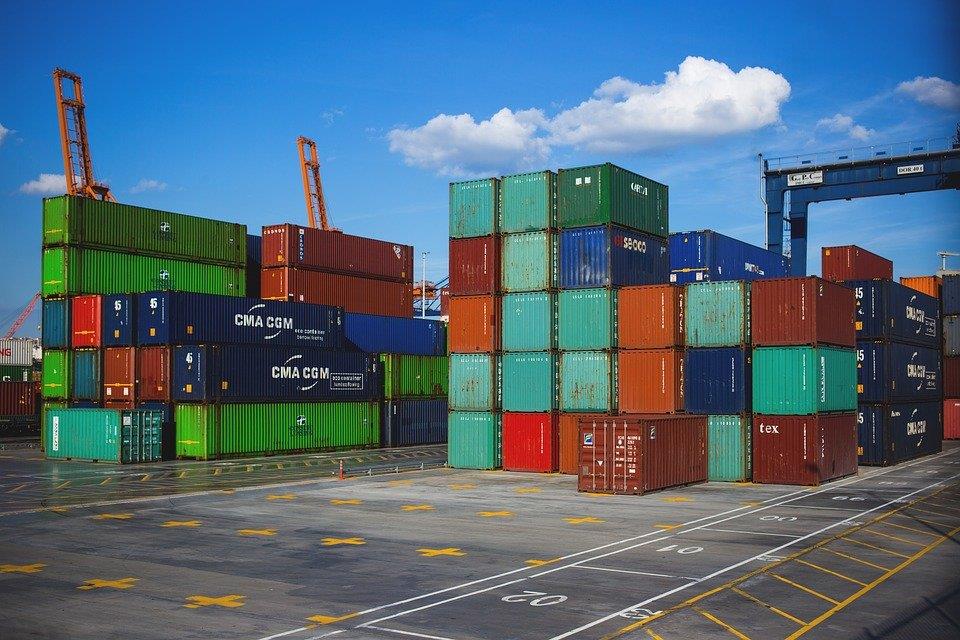With a few days still left to go until Chinese New Year, the situation is going from bad to worse, the current situation continues to break all known records. All space is now more or less gone, everything is booked up three to four weeks out. We still see premium services available in some ports, but most of these are fully booked too.
Due to Covid-19 precautions, the ports are working with limited labor and stacked shifts. The labor limitations and the volume decrease the efficiency of the terminal operations. Containers have been misplaced, stacked, buried and there’s not enough room to accommodate an efficient flow of goods. These problems negatively impact the dwell time for rail moves, as well as increase wait times for truckers trying to pull loads from the port or return empties. The vessels keep on arriving, and they are stuffed to the brim with cargo.
“Containers we exported are stuck everywhere in the world and cannot return in time because of the pandemic and all procedures from clearing customs and logistics to storage are very inefficient,” said Mark Ma, owner of Seabay International Freight Forwarding Ltd., a company in Shenzhen that handles goods sold on platforms such as Amazon.
The market traffic light for this week continues to flash all the wrong signs, however, we are seeing the rates holding steady. US exports are somewhat in a better position, and people having both imports and exports are encouraged to utilize street turns and dual transactions at ports by swapping empty containers with full containers. The more that can be optimized from outside the port complex/rail yard, the fewer disruptions will be experienced.
At 7 Seas we will continue to monitor the situation and do everything in our power to keep things on track for our customers. We thank you in advance for your understanding and continued support of 7 Seas Sourcing, LLC.




